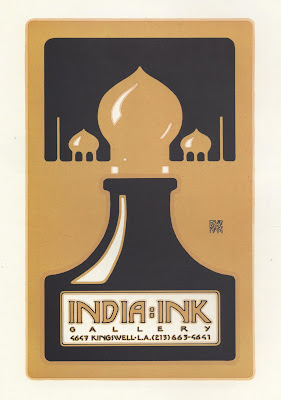Artists and spies know there are two ways to convey a message:
The first is to write your message in secret code. This is called cryptography.
The second is to plant your message within a larger, non-secret communication. This is called steganography: hiding a message within an image, right out in the open.
Illustration is essentially a steganographic art. Rather than using the words of a writer, illustrators convey a message by folding it into an image. They use a variety of symbols, brush strokes, colors, facial expressions, body language and other techniques to communicate meaning that writers convey verbally.
Here are some dandy examples by Kyle Baker:

This picture has a text which you can certainly read, but the marvelous frowns on the young "orphans" add a whole non-verbal layer of humor and intelligence to the message.

In the next picture, Baker cleverly distorts the figure to heighten the text he is illustrating:

Try conveying this level of frustration with mere words!
Next is a joke which only works because Baker knows how to draw shadows and weak chins and thinks visually, so he understands that this person's pajama pants should be too short;

Finally, here is a neat example of the illustrator's art of staging and body language. The stooped posture of the interviewer, the wild gesticulations of Cowboy Wally, the arc of beer tracking the movement of his gesture; this all requires thought and planning.

These pictures by Baker are beautifully designed but they are also highly intelligent in a non-verbal way. This is different from the writer's form of intelligence, but it is just as rare and deserves just as much respect.
In recent postings about words and pictures, I have commented on the current rash of artistic geniuses who can't draw (or who, in the words of one commenter, are simply "writers who draw.") These artists don't communicate with steganography, they use cryptography. Their message may be concealed in the metaphor or allegory or symbolism of their written text, but it is rarely found ingrained in their drawings.
Whenever I write on this subject, I receive fatwahs and death threats from fans of Maus, Persepolis, Jimmy Corrigan, Fun Home and other fashionable works. They would like to dismiss skill or talent in art as merely "slick," but the roots of quality in art are too ancient to be so easily dismissed. Perhaps such critics sell pictures short because they can't read the steganography in art.
.

.+Guitar+Wolf.jpg)
+beethoven.jpg)
.+Poorly+drawn+man+with+green+halo..jpg)
.+Hollywood+is+a+Verb.+1983.jpg)
.+3.5.82.+1982.jpg)
.+But!+1992-2000.jpg)
.+M.+Cuvier+discovers+Extinction..jpg)
.+Taxonomy+of+Non-Endanger+Species.jpg)
.+U.S.+Army+Recruiting+Poster.+1970..jpg)
.+US+Army+Recruiting+poster.+1970..jpg)



























